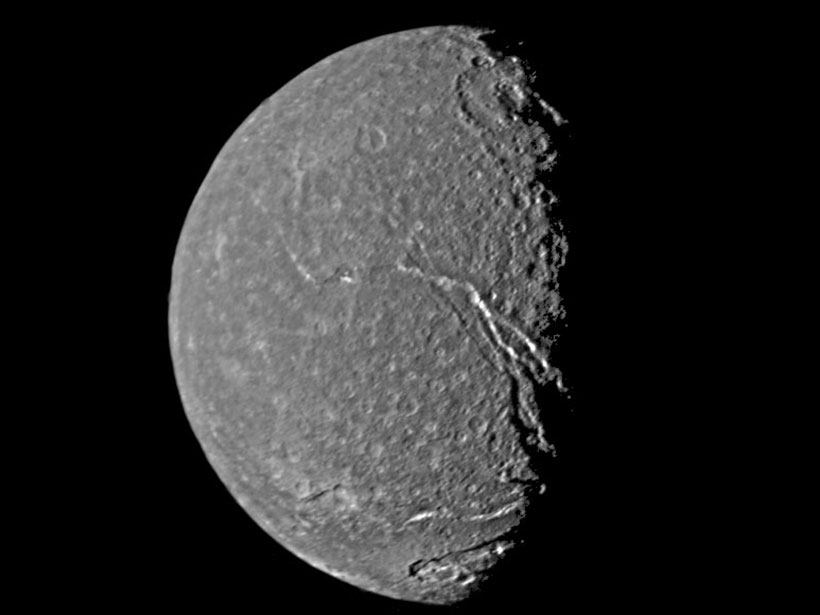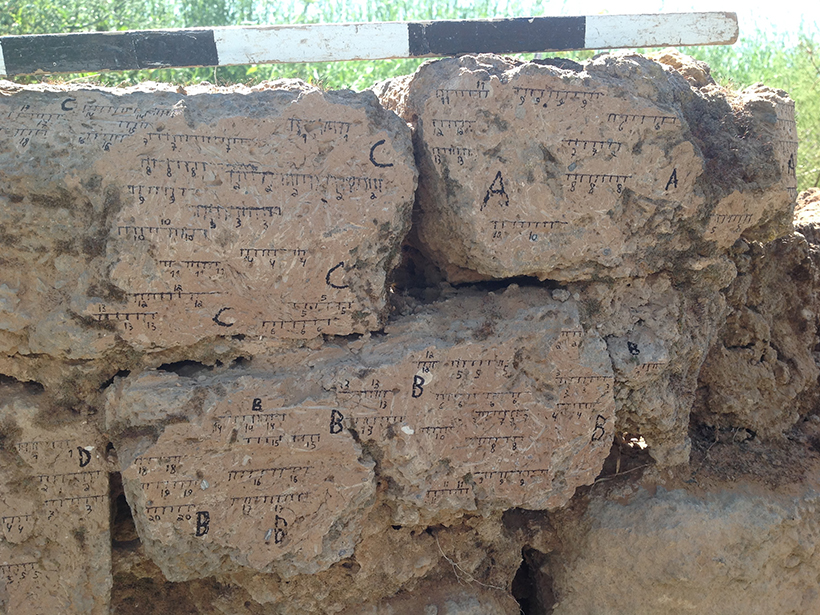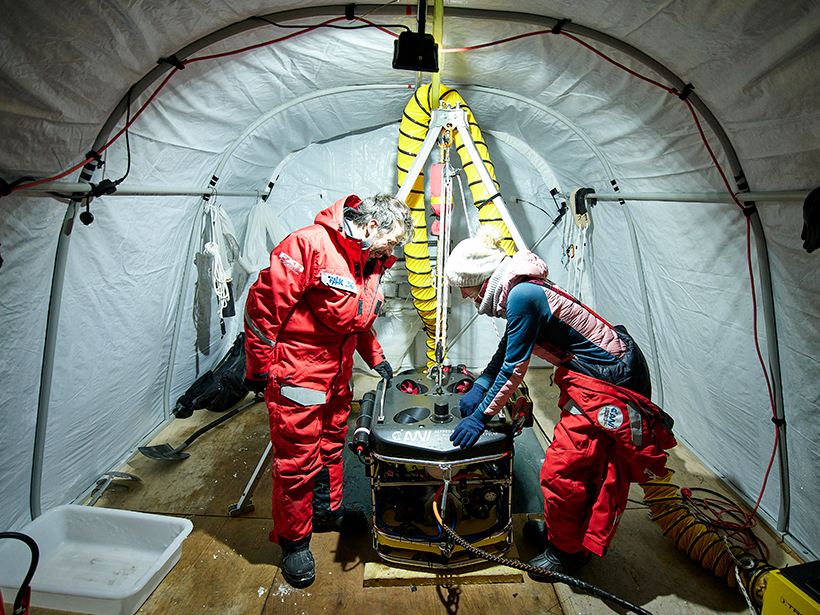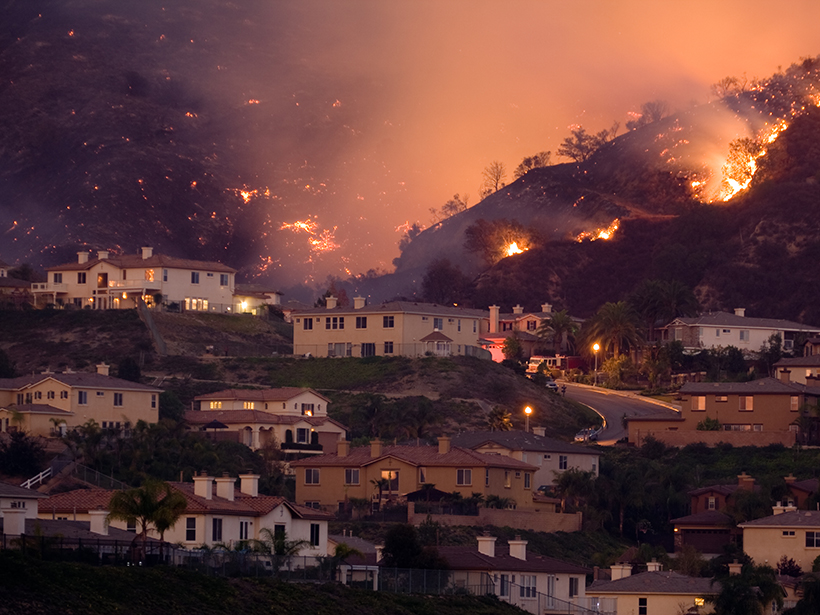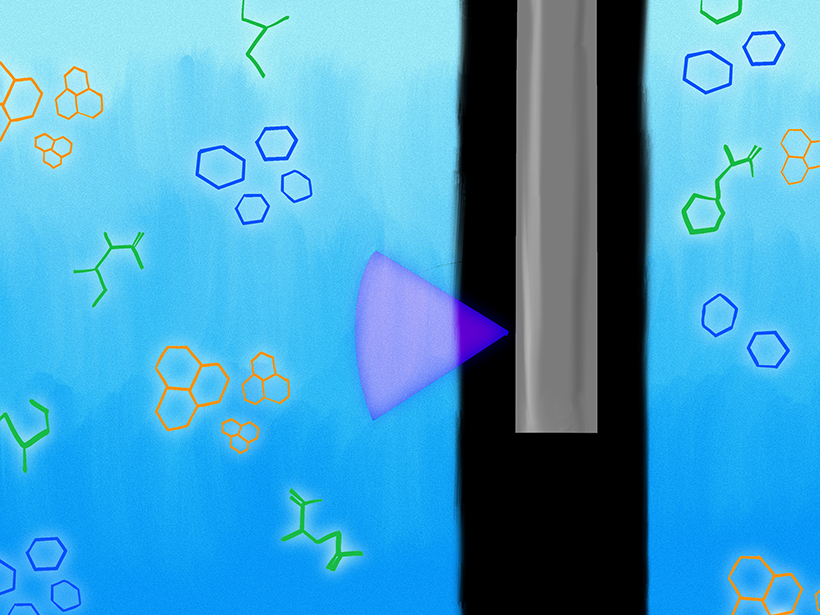Using data from weather stations on and around Mount Everest, scientists find that the Khumbu Glacier receives most of its moisture from the Bay of Bengal.
News
Do Uranus’s Moons Have Subsurface Oceans?
Scientists tested whether a classic technique could detect subsurface oceans on the moons of Uranus. In this scenario, the planet’s oddball magnetic field offers a big advantage.
Saving Lives by Predicting Dust Storms
In the southwestern United States, dust storms form suddenly, quickly reducing visibility to zero. A new warning system may allow motorists to avoid these deadly hazards.
Earth’s Magnetic Field Holds Clues to Human History
Items burned in the sacking of ancient cities are time capsules of geomagnetic data.
La Geología y la Química Impulsan la Migración Animal en el Serengueti
Trabajo de campo en Tanzania sugiere que la química del suelo—influenciada por el vulcanismo local y la actividad tectónica—podría ayudar a determinar la migración sin precedentes de más de un millón de ñus.
Beast of the Central Arctic
Feast your eyes on Beast, the first remotely operated vehicle to brave the Arctic for 1 year.
Coastal Brazil Is Likely to Face More Heat Waves and Droughts
In 2014, São Paulo experienced its greatest water crisis ever, caused by an intense drought. New research indicates that it is likely to happen again and be even more severe.
Homes and Other Buildings Abound in Natural Hazard Hot Spots
Researchers mined maps of natural hazards and land use to show that nearly 60% of structures are built in regions at high risk of earthquakes, wildfires, floods, hurricanes, and/or tornadoes.
An Ice Probe on Earth Could Help Us Find Life in Space
An instrument called WATSON can help find biosignatures on icy ocean worlds.
Can Volcano Forecasting Make Visiting Whakaari Safe Again?
Last year’s explosive eruption at the New Zealand volcano tragically took tourists by surprise.


